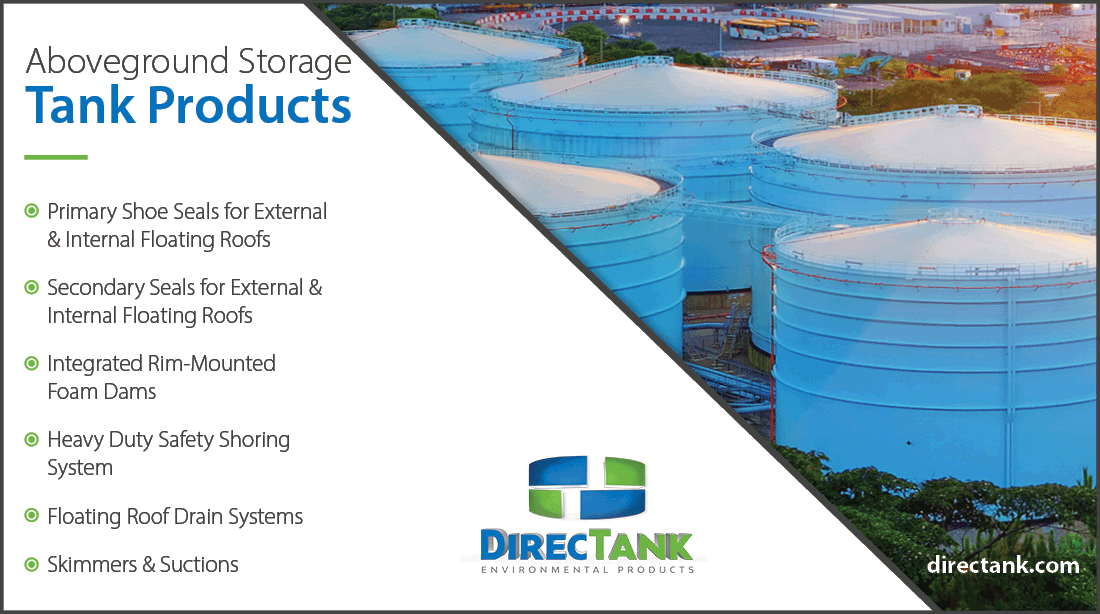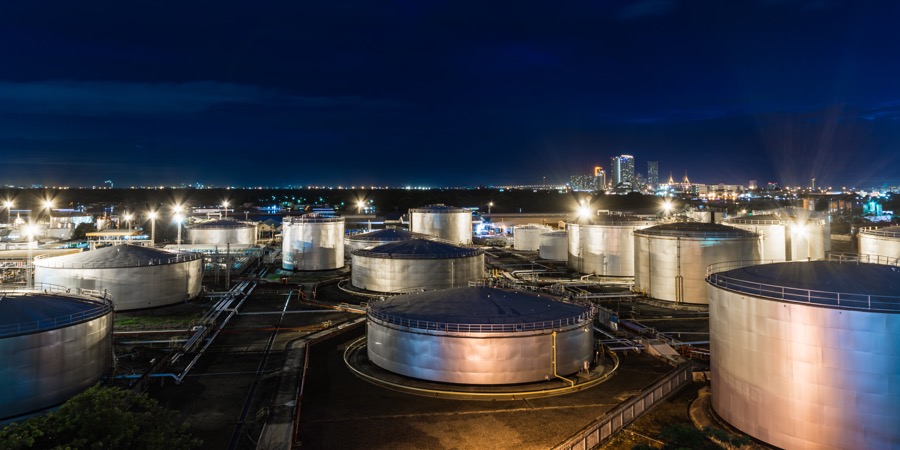The Texas LNG Brownsville project is a step closer to receiving federal approval for construction after the Federal Energy Regulatory Commission (FERC) prepared a final environmental impact statement (FEIS).
The project is to site, construct, and operate an LNG terminal to liquefy and export natural gas at a proposed site on the Brownsville Ship Channel in Cameron County, Texas.
The project includes a pretreatment facility to remove water, carbon dioxide, hydrogen sulphide, mercury, and heavier (pentane and above) hydrocarbons; a liquefaction facility consisting of two liquefaction trains and ancillary support facilities; two approximately 210,000 cbm aboveground full containment LNG storage tanks with cryogenic pipeline connections to the liquefaction facility and berthing dock; an LNG carrier berthing dock capable of receiving LNG carriers between approximately 130,000 cbm and 180,000 cbm in capacity; a permanent material offloading facility to allow waterborne deliveries of equipment and materials during construction and mooring of tug boats while an LNG carrier is at the berth.
Natural gas would be delivered to the Texas LNG project site via a non-jurisdictional intrastate, 30-inch-diameter natural gas pipeline that would be constructed, owned, and operated by a third party, separate from Texas LNG.
FERC determined that the construction and operation of the Texas LNG Project would result in adverse environmental impacts. However, the impacts on the environment from the proposed project would be reduced to less than significant levels with the implementation of Texas LNG’s proposed impact avoidance, minimisation, and mitigation measures and the additional measures recommended by FERC staff, with the exception of visual resources.
The LNG terminal would be constructed in an area currently zoned for commercial and industrial use, along an existing, man-made ship channel.
For more information visit www.texaslng.com









